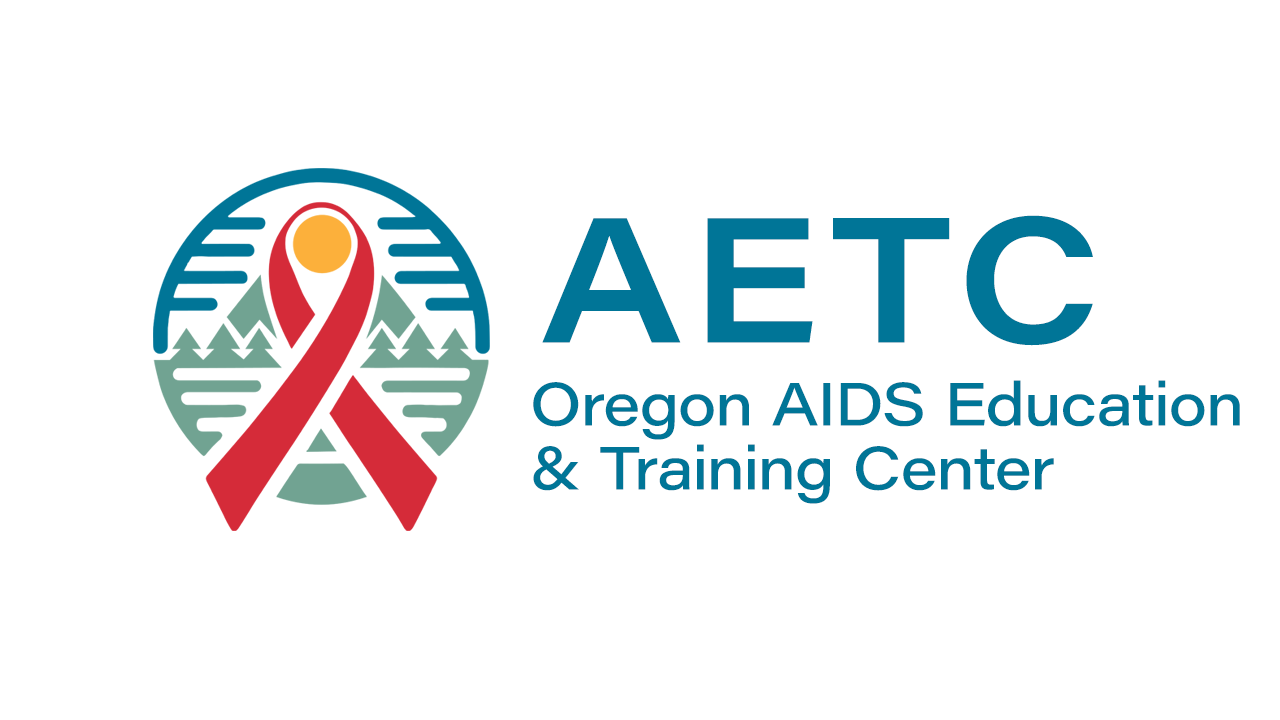ReCTiFY the Situation: Autumn 2024
ReCTiFY the Situation: Autumn 2024
ReCTiFY is an in-depth training focused on identifying unified strategies to address racism and its impacts along the HIV Care Continuum. Using this tool participants will apply an anti-racist, trauma-informed, and client/patient-centered lens to their work. Attendees are encouraged to bring at least one policy, practice, or procedure to the session to apply the ReCTiFY tool to real-life examples.
Who should attend?
Executive leadership and other change-makers in your organization. Consider sending staff who have the power to make change and who are passionate about this work.
Pre-Work for Attendees
All attendees are expected to have completed AR-TIC’s foundational training, How to Be (Less Harmful). You may have attended one of these trainings live in person or online with AR-TIC sometime in the past couple years. If not, you will receive a link to an online, on-demand version of the curriculum after you have registered.
Attendees are also asked to bring a policy, practice, and/or procedure to the ReCTiFY workshop. This can be something written down or not. It should be something your agency engages in that you are interested in improving.
More about ReCTiFY
Building off of the foundation we establish in How to Be (Less Harmful), we weave together what we believe to be the more important elements of functional anti-racist work that is self-sustaining and flexible. We’ll explore the importance of Regulation; we must take care of ourselves and our teams and make space for healthy emotional expression. We look at the issues at hand through Critical Race Theory and then at the intersections with Trauma-Informed Care practices. Then we Filter our situation back through CRT to ensure that we haven’t let dominant cultural norms slip back into our approach. Lastly, we ensure that our process is centered on Your clients, consumers, and constituents. This tool can be used to evaluate policies, processes, and procedures as well as address harm in the moment and lead toward restorative practices. The outcome of this work is a tool that can always answer the infamous “but what do we do?” questions that come with equity work.

